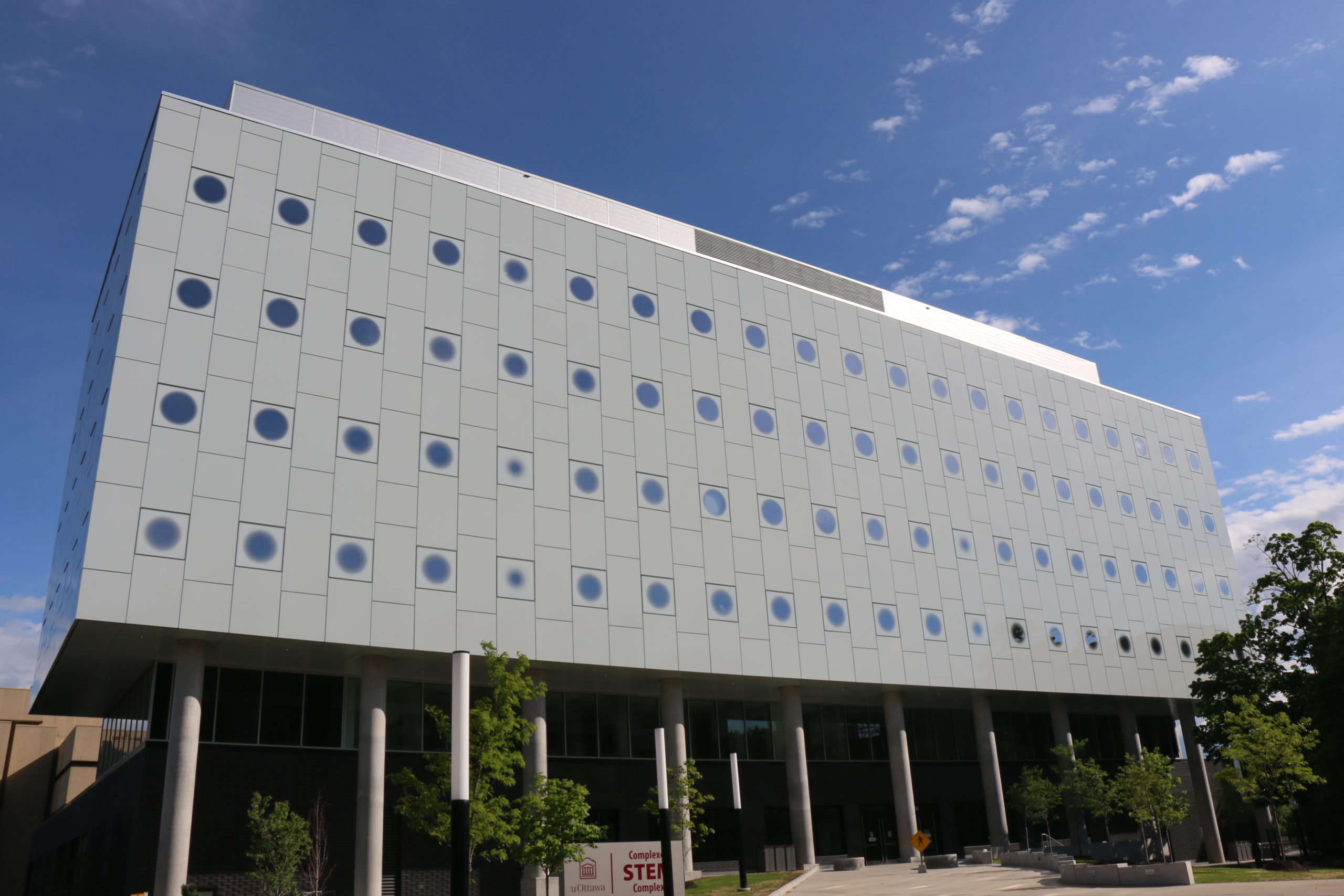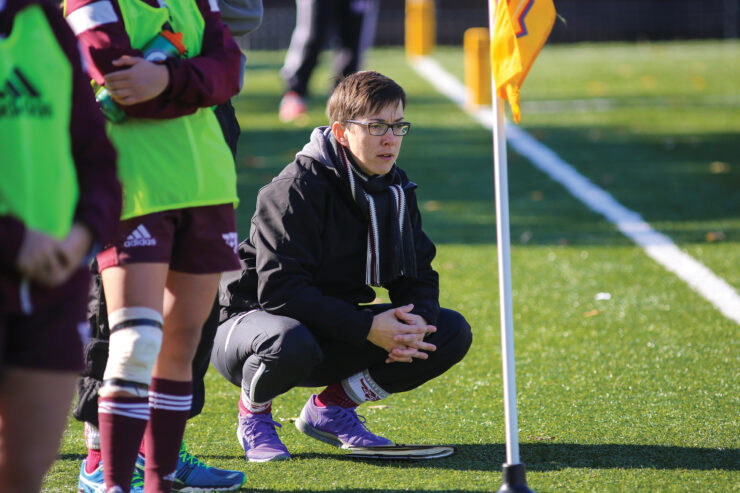Money will go towards equipment, instruments and facility renovations
Five University of Ottawa research projects are the recipients of infrastructure funding from the federal government totaling more than $23 million, according to a U of O media release.
The funding was announced by Prime Minister Justin Trudeau and supported by minister of Innovation for Science and Industry, François-Philippe Champagne, it is part of a grant which totals more than $518 million for infrastructure funding to post-secondary institutions in Canada.
A total of eight U of O research projects submitted grant proposals and five received the funding which was released by the Canada Foundation of Innovation (CFI).
U of O associate vice-president, research support and infrastructure Guy Levesque said the funding is an example of top research at the university.
“This is a testament to our world-class researchers, students and partners, and the university’s sustained and focused support for our strategic research priorities, which include photonics, advanced materials, neurosciences and cardiology,” he said in an email statement.
“We are very proud of our researchers’ impressive accomplishments,” added vice-president, research Sylvain Charbonneau in the media release.
Professor Pierre Berini, whose research on nanophotonics, the study of the behaviour of light, was among one of two projects which received “exceptional project” designation from the CFI and part of the federal funding.
After six months of work on research proposals for the grant, Berini says it was “a very, very joyous, certainly a very joyous [day].”
“It opens up all these possibilities now for future research.”
Berini’s research focuses on metallic nanostructures to create optical surfaces that would be used for applications such as biosensors for diseases and colour rendering, as well as working on telecommunications. The grant funding will help assist researchers in ensuring they have the necessary infrastructure to continue their research.
“The infrastructure consists of research tools and instruments and renovations to facilities to house these research tools and instruments and these are very big ticket items that we are receiving as part of this research grant,” said Berini.
According to Berini, not only will the funding help assist researchers, it will also help the broader U of O and research communities.
“This sort of funding allows you to create very large labs that we call core facilities on campus and core facilities are core research labs that are open to all users in general,” explained Berini.
This means that science and engineering graduate and PhD students at the U of O, as well as Carleton University, will be able to access the facilities and labs that will be enhanced and conduct their research as well.
The new funding in infrastructure can help promote an increase in research at the U of O. New research equipment and resources allow researchers to explore subjects that previously were out of reach due to lack of funding or tools.
Berini stated that there would be several companies in the National Capital Region that would likely use the new facilities for their own research. High-tech research tools used in engineering faculties are often few and far between. The new funding will draw research and interest to the U of O engineering faculty.
The results of receiving $23 million will yield new research and information being discovered in the coming years.





